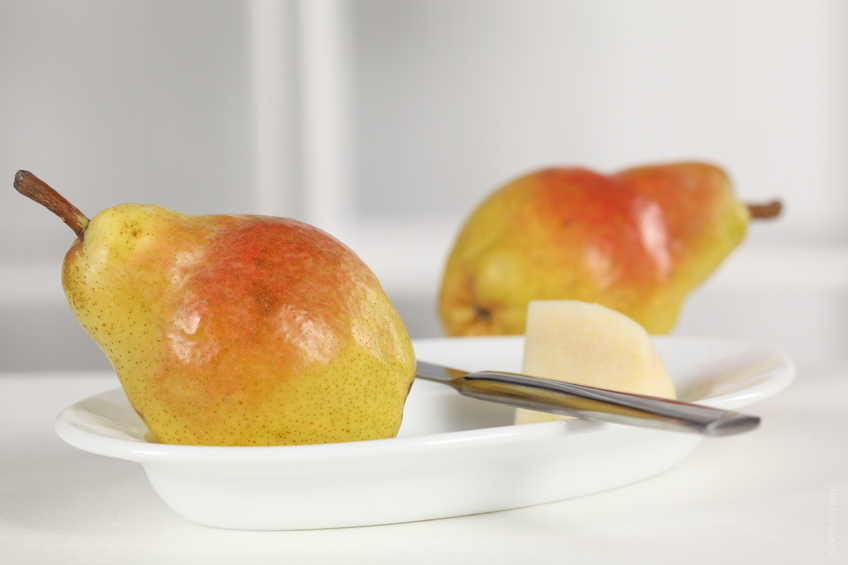Sauces for Spring
Spring is here and it’s time for fresh ideas. Have you ever considered redressing your veggies? Good sauces enhance a vegetables natural flavor while keeping the veggie the ‘star’ side dish. Buttery cheese sauces are tasty but hardly the only option. Why not try these uncooked sauces for a tasty veggie topping or dip:
- Orange sauce: 3 TB fresh orange juice, 1 TB olive oil, 1/2 tsp grated orange zest, freshly ground salt and pepper to taste. Serve atop cooked carrots, asparagus, beets, sweet potato wedges and other veggies.
- Yogurt mint sauce/dip: great for drizzling on cooked potatoes and carrots, or serving as a dip for raw veggies. Combine 1 c low-fat Greek yogurt with the juice of 1/2 lemon and 1/2 minced garlic clove. Stir in 4 sprigs of finely chopped mint.
- Pesto sauce: In a blender, combine 3 cloves garlic with 2 cups firmly packed fresh basil leaves (may use 1/2 basil, 1/2 spinach, if desired) and 1 TB walnuts or pine nuts. With motor running, slowly add 1/4 cup low-fat, reduced-sodium chicken or vegetable broth and 1 TB each olive oil and lemon juice. Finish with 1 TB fresh parmesan cheese and cracked black pepper to taste. Blend again until smooth. Serve over any veggie.












